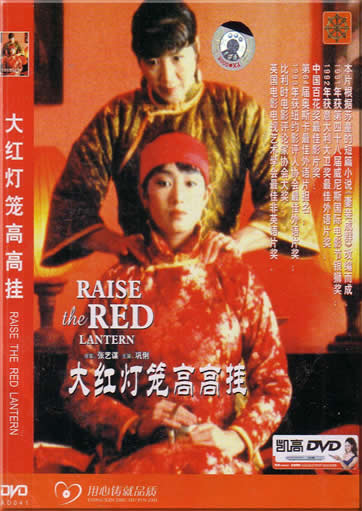
As it turns out, I will show this film in both EN 201 *and* 202. Although the film is set in the time period covered by EN 202 (early 20th c., after Sun Yat-Sen but before Mao Tse-Tung), it is also worth showing in EN 201 because it treats polygamy from the woman's point of view. (This is in opposition to the Tale of Genji, which provides a male perspective even though it was written by a woman or women.)
This review from 1996 gives a good overview of the film and its context:
http://reelviews.net/movies/r/raise.html
Here is another review from 1992:
http://www-tech.mit.edu/V112/N24/lantern.24a.html
This Guardian review from 2000 puts the movie into more context:
http://film.guardian.co.uk/Century_Of_Films/Story/0,,153772,00.html
As does this essay by David Nao:
http://archive.sensesofcinema.com/contents/cteq/04/33/raise_red_lantern.html
Senses of Cinema has published a biography of the film director, Zhang Yimou. Did you know that Raise the Red Lantern is part of a trilogy?
http://archive.sensesofcinema.com/contents/directors/02/zhang.html
Raise the Red Lantern is based on a novella by Su Tong (b. 1963). The author, by the way, now lives in the US.
http://www.harpercollins.com/books/9780060596330/Raise_the_Red_Lantern/index.aspx
This blog author compares the novella and the film:
http://visionsofparadise.blogspot.com/2006/03/raise-red-lantern.html
I want to make sure that I post a map of China here. This is Lonely Planet's map.

Below are some outlines of Chinese history:
http://web.cocc.edu/cagatucci/classes/hum210/tml/chinatml/chinatml5.htm
http://emayzine.com/lectures/china%20in%20the%2020th%20century.html
Pingyao, the city where Raise the Red Lantern was filmed, is below:

No comments:
Post a Comment